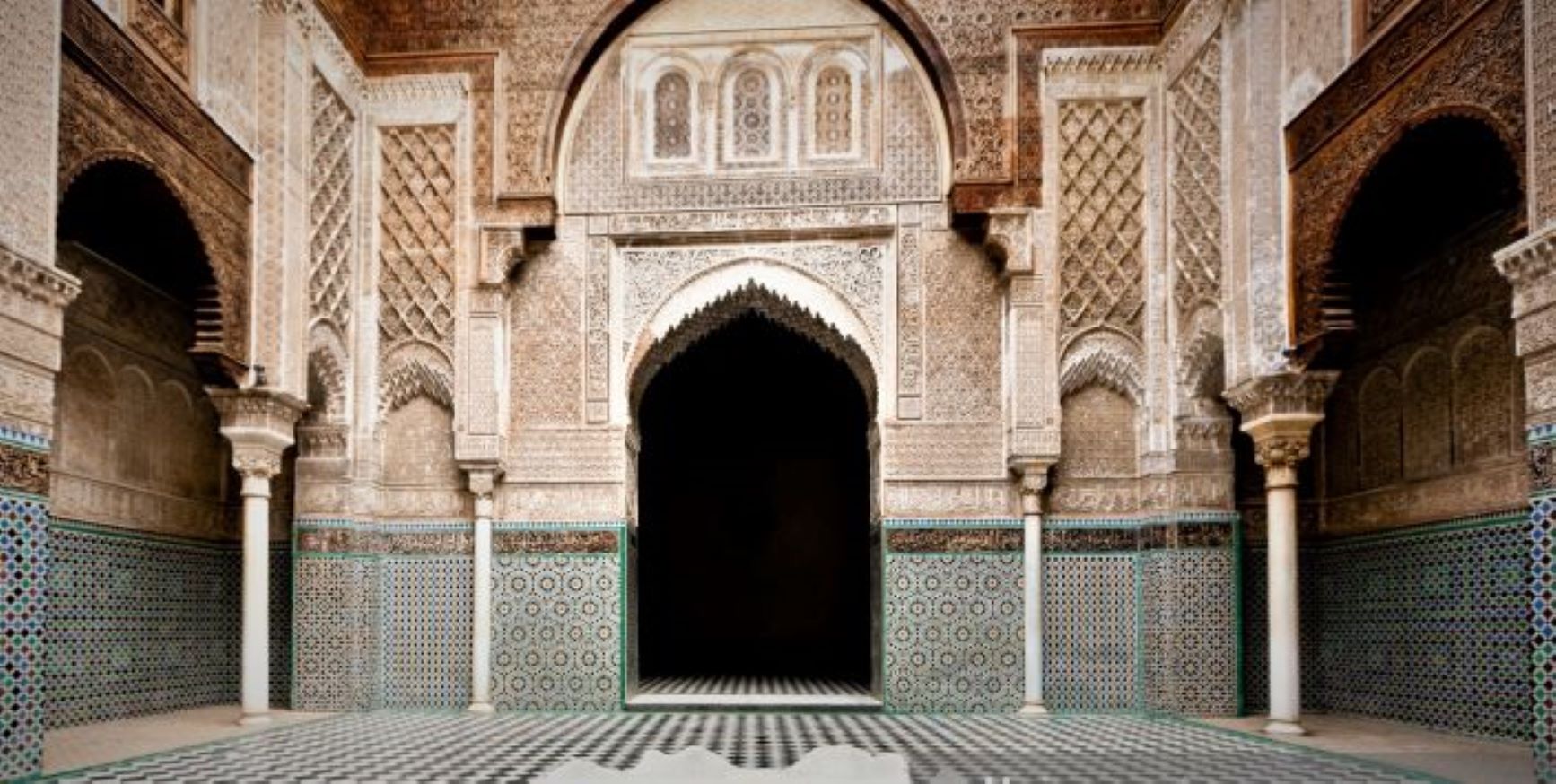By Dr. Mohammad Ghitreef*
There is no dichotomy in Islam between knowledge of religious and secular learning. In the past our education system was a combination of secular and religious sciences. Revelation based sciences as Quran,Hadis,Fiqh and their principles had been an essential part of the prevalent curricula in Muslim societies, yet secular sciences as Philosophy, logic, languages, prose and poetry and the related sciences, history, Geography, math, Geometry, medicine and other branches of human knowledge were also a part of that curricula. It is a fact that in old times our madrasa system was imparting lessons in all the subjects which nowadays are called modern subjects like arithmetic, geometry, astronomy and the natural sciences along with the more traditional branches of learning like Law, Theology, Elementary Grammar, Philosophy and Logic. It was indeed an encompassing curriculum,Even Darse Nizami was patterned at the same line. This fact should be highlighted as it is ignored most of the time.
After the decline of Mughal empire in India when the British rule was established, our clergy and Ulama felt a need to change their curricula with cutting the size and sticking to one hundred years old and stoic Darse Nizami ,they ended up with adopting a parochial approach to new era, modern knowledge and western education which is a misnomer in fact, for ,it was not western knowledge rather it was a universal knowledge. Unfortunately the situation remained to a great extent in a stand still.
Now Indian Muslims are constituting the largest Muslim population after Indonesia. Yet on educational front their position is much less than expected. In this vast country with a huge Muslim presence, there are only 19 Muslim initiated universities. In contrast, any big world city has more than this number of big seats of learning.
There are so many big Darul Ulooms and seminaries in India too, very big in size and good in infrastructure as well. Can they play a good role in imparting standard modern education to Muslim community? Let us explore this possibility. Take for example a case from a seminary in Kerala. It is Darul Huda Islamic University.
Darul Huda Islamic University in Mallapuram District of Kerala is a Mini Islamic University or in another words an Islamic University in making. This university called DHIU was established as an Islamic Academy in 1986 and formally upgraded to a university in May 2009.12. It was founded by an alim and scholar Prof. Dr. Bahauddeen Muhammed Jamaluddeen Nadwi. It was started as a religious seminary and being developed now in to a full-fledged University.
So ,Currently DHIU runs five faculties which are open to all eligible students who complete their graduation in DHIU main campus, NIICS (National Institute for Islamic and Contemporary Studies ) Affiliated Colleges and other campuses. DHIU model of education put an end to the widespread feeling that religious education is the choice of students who are either financially poor or less talented and under-skilled. DHIU selects only bright and talented students irrespective of their background after conducting written and oral examinations.
Along with the traditional Islamic subjects such as Sharia,Ulooduddin,Quran,Hadis,tafsir,Fiqh sciences, Aqeedah, Hikmat,(ancient Philosophy and logic)Sufiism and comparative religions DHIU currently has only four faculties of modern science namely: Faculty of languages having the five departments. Faculty of Humanities having also five departments.
Faculty of sciences and Technology comprises on four Department of Science, Department of Mathematics Department of Computer & Information technology
This is the story of a forward looking South Indian Muslim Mind set. Now the question is why this success story could not be replicated in North Indian Madrasas and seminaries?
Now there are some significant and big Darul Ulooms and Madarsas in north India at Deoband, Lucknow, Saharanpur, Muradabad, Saraimeer, Banaras, Bilarya Ganj Azamgarh, and Mubarakpur, etc. These big madarsas have good infrastructure, vast areas of land, big libraries, hostel facilities, sports fields, etc. I wonder why they do not think in terms to change themselves into modern universities while maintaining their core faculties of Sharia and Usuluddin, Tafsir and Hadis, etc? As our Sikh community has done very successfully.
Yes, there may be some technical glitches and recognizing problems etc. in doing so. Yet it is my firm belief that where there is a will there is a way.
Many of these big seminaries are being run by big Muslim organizations who are big in terms of their cadres and are rich in terms of resources, possibly they can manage and run universities too if they have a will power. Our readers are invited to ponder upon and explore rather this rough idea in detail from different angles and various points.
*Research Associate with
Centre for Promotion of Educational and Cultural Advancement of Muslims of India, AMU Aligarh.

